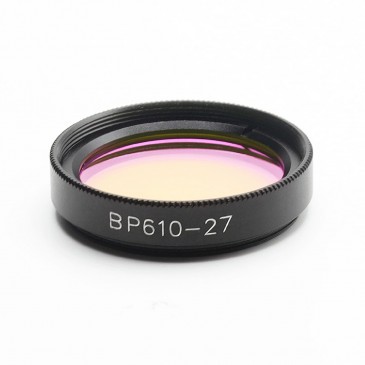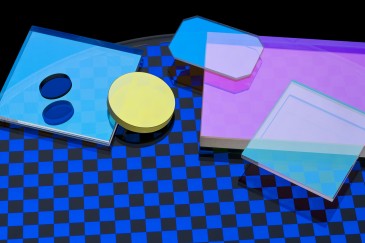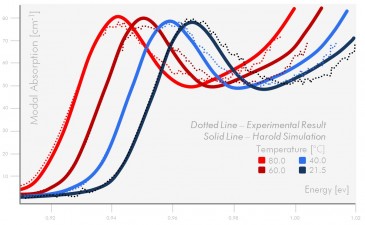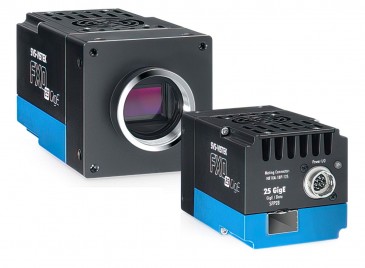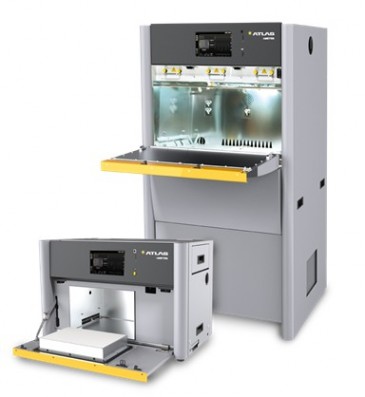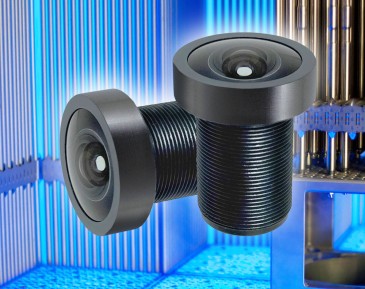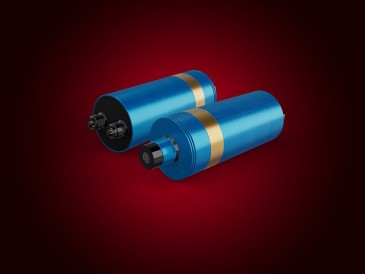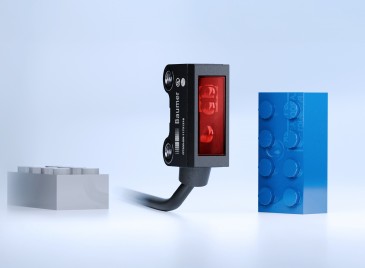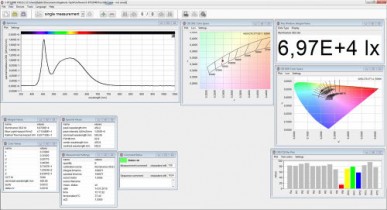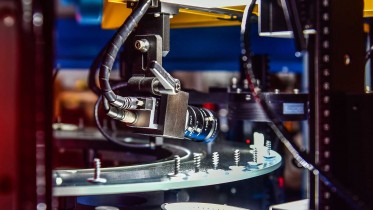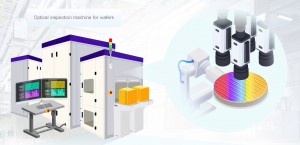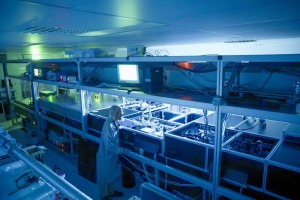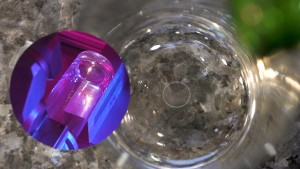
Global competition, reduced lead times and shifting customer demands are just some of the trends changing the face of manufacturing today. To keep apace, manufacturers are adapting their production techniques by employing emerging technologies which enhance efficiency, productivity and quality. Here, Dr Louise May of industrial laser specialists Luxinar, explores the role of lasers in modern manufacturing.
When many people think about lasers, the first thing that springs to mind is probably sci-fi movies. But in the almost 60 years since lasers were first developed, they’ve revolutionised the manufacturing landscape. As the industry becomes increasingly automated, particularly in the era of Industry 4.0, sealed CO2 laser technology is being incorporated into production systems to deliver greater production flexibility, alongside significantly heightened levels of quality and consistency. In practice, that helps manufacturers to remain more agile and competitive in the fast-moving consumer-driven global marketplace.
These core benefits of sealed laser technology make it suitable across almost all manufacturing sectors, including automotive, packaging and food and beverage. In practice, this breadth of application types enables laser technology to touch the daily lives of people around the world. Here, we take a look at how lasers are used in the production of five products which you see on the supermarket shelves every day.
-
Food marking
Perhaps one of the most surprising uses of laser technology is in pre-cooked meat products. Often appearing to be served fresh from the grill, most of these ready-to-eat options aren’t actually grilled at all. To deliver consistency of taste, visual appearance and overall product quality, products like burgers, fish and chicken are typically oven baked and may later be branded with a grill pattern using a laser. As well as ensuring consumer expectations are met, this process gives manufacturers greater control over the production process to deliver consistently high levels of product quality and safety. With laser marking being a non-contact method, the need for frequent cleaning and maintenance of tools is significantly reduced, and because the product isn’t pressed, more moisture is retained for greater taste.
-
Keeping food fresher for longer
With volumes of food waste around the world increasing year on year, keeping fresh food items – from fruit and vegetables through to meat and bread – fresh for as long as possible is a key priority for many food manufacturers. To do this, modified atmosphere packaging [MAP] technology is often used to create the optimum conditions for each product, regulating levels of oxygen, carbon dioxide, nitrogen and other gases inside the packaging.
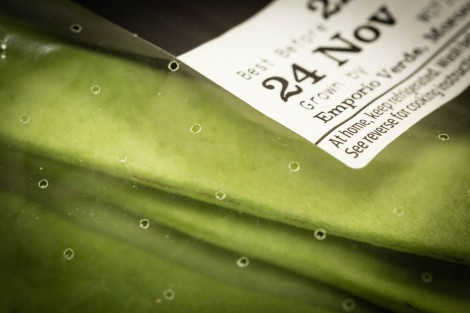
With different products requiring different conditions, packaging must be tailored to each product type, and that’s where lasers come in. By precisely perforating packaging according to the specific needs of its contents, the shelf life of fresh food can be increased. In turn, that gives consumers more time to enjoy fresh food, ultimately reducing wastage and giving consumers better value for money.
-
Genuine product coding
While consumers will be used to seeing product information such as batch numbers and use-by dates on some food and drink items – often emblazoned onto the neck of a bottle or side of a packet – they may be less aware of the significance of similar codes on higher-value products, such as fragrances. In this instance, indelible and tamper-proof marks are commonly made using laser technology, enabling consumers to distinguish authentic products from counterfeit goods. Commonly copied and sold to unknowing consumers at lower rates, counterfeit fragrances and other luxury items not only detract from the authentic brand, but also create potential health concerns amongst consumers, particularly where products have direct contact with the skin. Of course, for more desirable and expensive products, the flexible nature of laser coding means it can be applied discreetly so as not to detract from the products’ appearance.
-
Creating the perfect pint
As well as marking best before dates and individual product codes on bottles and labels, CO2 laser technology is widely used within the glass industry. Beer glasses, for instance, are a fantastic example where laser marking is used to modify the glass in order to retain the perfect head of a beer for longer. Utilising laser technology to etch ‘head keepers’ onto the bases of glasses – which can be personalised with graphics and logos – facilitates the creation of bubbles of carbon dioxide. In practice, that means that beverages can retain the perfect just poured frothy head and stay fizzier for longer.
-
Clothes
Whether it’s your everyday gym clothes, your favourite dresses and overcoats, or your go-to shoes and accessories, it is laser technology which enables manufacturers to deliver uniform quality and consistency on a mass scale. Take jeans, for instance.
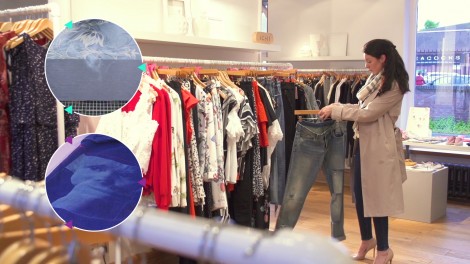
While they might once have been stonewashed or bleached, their production now utilises laser technology to finish individual products with effects like fading, patterning and tearing. Not only does this method enable manufacturers to significantly reduce production time, it also reduces the volume of chemicals used during the process, lessening its environmental impact. This technique also ensures that all products have consistent detailing, while the adaptable nature of sealed CO2 laser technology enables manufacturers to quickly fulfil orders in-line with shifting consumer trends.
Written by Joanna Houldridge, Luxinar































 Back to Features
Back to Features